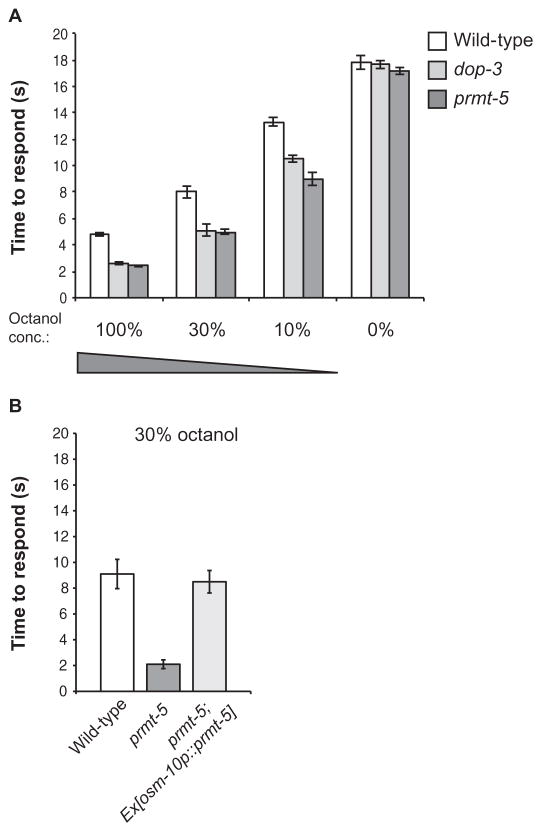Fig. 5. Loss of C. elegans PRMT-5 function results in enhanced octanol avoidance.
(A) Effect of prmt-5 mutation on the timing of the octanol avoidance response. The times that it took WT, dop-3 mutant, and prmt-5 mutant C. elegans to respond to the presence of the indicated concentrations of octanol were determined as described in Materials and Methods. Animals were assayed 10 to 20 min after transfer to “off food” plates lacking OP50 Escherichia coli. Loss of prmt-5 function phenocopies loss of dop-3 at each concentration tested. P = 0.17 for 100% octanol, P = 0.84 for 30% octanol, and P = 0.13 for 10% octanol when comparing the responses of dop-3 and prmt-5 mutant animals. (B) Effect on octanol sensitivity of the expression of PRMT-5 in the ASH sensory neurons. WT and prmt-5 mutant animals were compared to prmt-5 mutant animals expressing prmt-5 driven by the osm promoter in ASH neurons in the time taken to respond (s) to the presence of 30% octanol. The combined data from three transgenic lines are shown. All data are means ± SEM. P = 0.7 when comparing WT animals to prmt-5 mutant animals expressing prmt-5 in the ASH neurons. Allele used: prmt-5(gk357). WT: the N2 WT strain. n ≥ 40 animals tested for each strain over at least three independent experiments.

